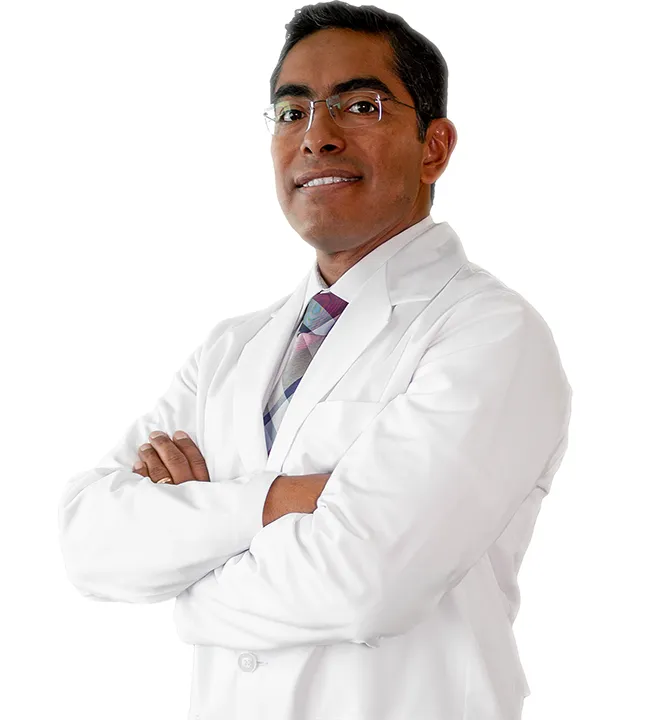Cancer and self-examination
October is cancer awareness month, that’s why at Creafam we have created this series of videos with everything you need to know about cancer.
In this third video, Dr. Carlos Cortés, a surgical oncologist, explains how to perform a breast self-examination and the treatments to combat breast cancer.
Breast cancer
Breast cancer is the most frequent cancer that occurs in women around the world and in women in Mexico, however, it is the most treatable cancer that can be cured as long as we detect it in time. And how? can we detect it in time? You can start at home once a month to do a breast self-examination so that if you detect any alteration you can go to Creafam to complement your evaluation.
The ideal time to do a self-examination or the ideal age is from the age of 20, although there is a great diversity of self-examination methods, I am going to recommend a very simple one. It is important that they do this once a month so that they identify what their normal tissue is.
Self-exploration
The first thing you can do is sit or stand in front of a mirror with your back straight with your hands on your waist and with your right hand check your left breast first on the outside, from top to bottom, with very smooth movements, from so that they identify the normal part of their breast, then, with their left hand, they will check the right breast with the same movements, from top to bottom the external part and ending with the internal part.
Identify if there are alterations in the skin, or in the coloration of both breasts or the presence of pain, although it is frequent at certain moments of your period that there is pain, if there is pain that did not exist before or if you noticed a lump that was already and started to grow, come to Creafam to complement your review.
Mammography
There is an imaging method, a study that can help us detect alterations that is mammography or mammography.
It should be done once a year from the age of 40 when our patient had a very close relative with cancer, for example, an aunt who was diagnosed with cancer at the age of 45, that patient has to have a mammogram from the age of 35 , that is, subtract 10 years from the age at which your relative was diagnosed with breast cancer.
Diagnosis and treatment
Fortunately, in most cases we identify that it is a fibrocystic breast disease, a cyst or a benign tumor, but in the event that we have any suspicion of cancer, at Creafam we have what it takes to make the diagnosis, confirm or rule out that suspicion and guide our patients towards the best treatment.
The first step of the treatments is surgery and we perform it here at Creafam. It involves removing the complete tumor and lymph nodes from the armpit on the affected side and according to the results of the analysis of this first surgery The treatment can be complemented with chemotherapy and later radiotherapy 8 out of 10 patients will need the 3 treatments Once that a breast cancer patient has finished her treatments requires something called surveillance. We carry out this surveillance in the oncology clinic at Creafam for five years, from time to time we are doing physical examinations and every year at least, the patient needs to have a mammogram.
